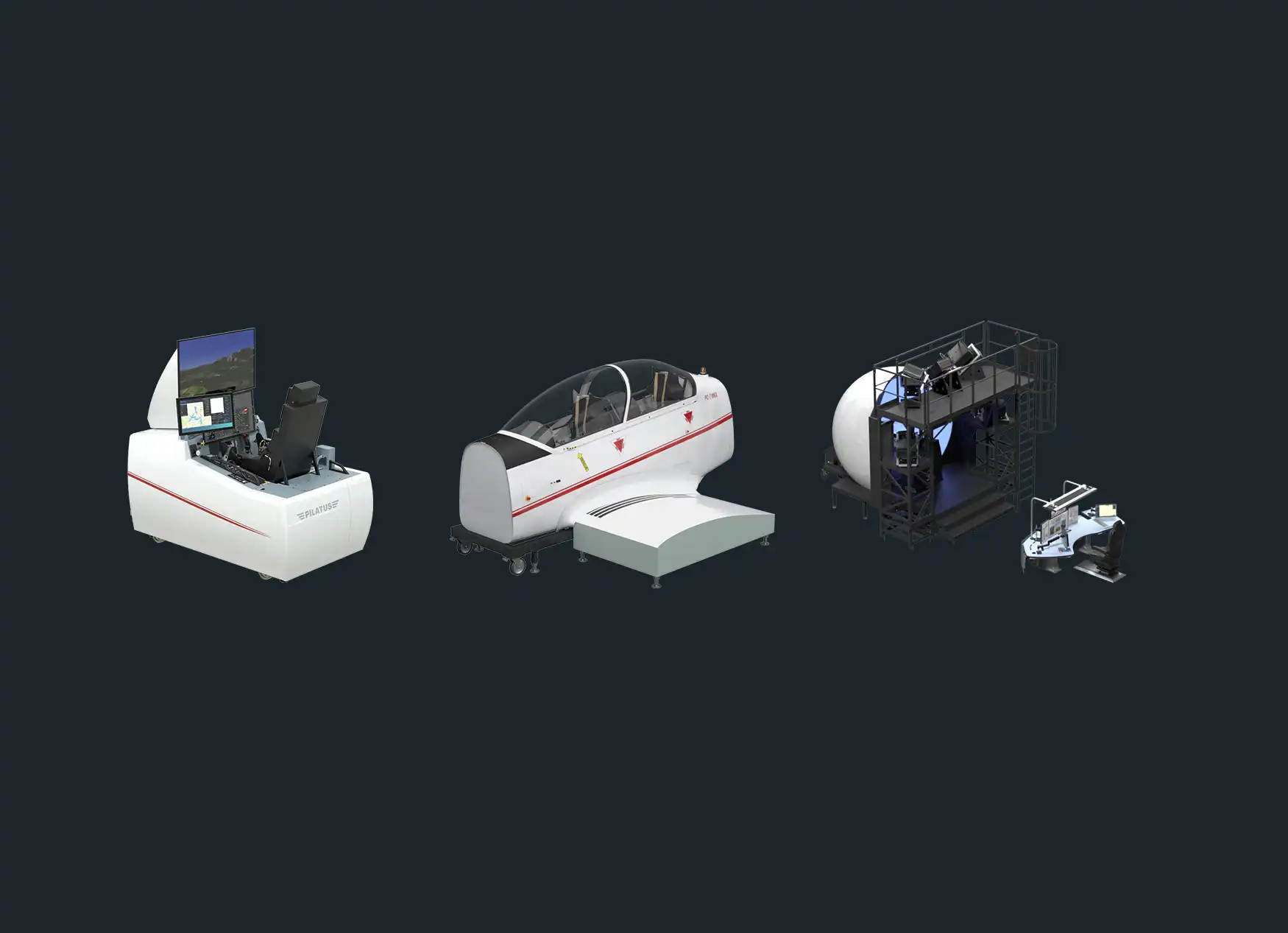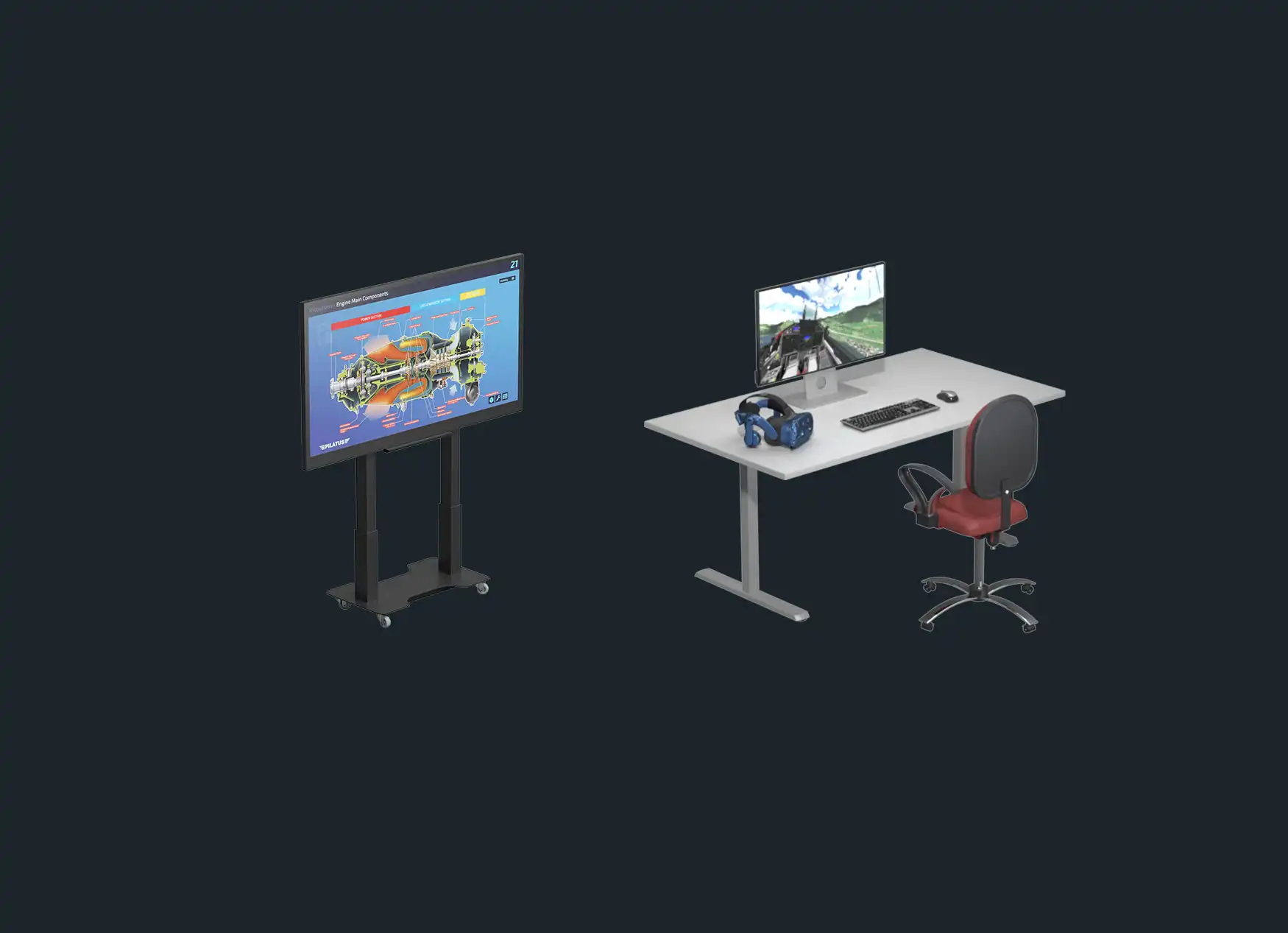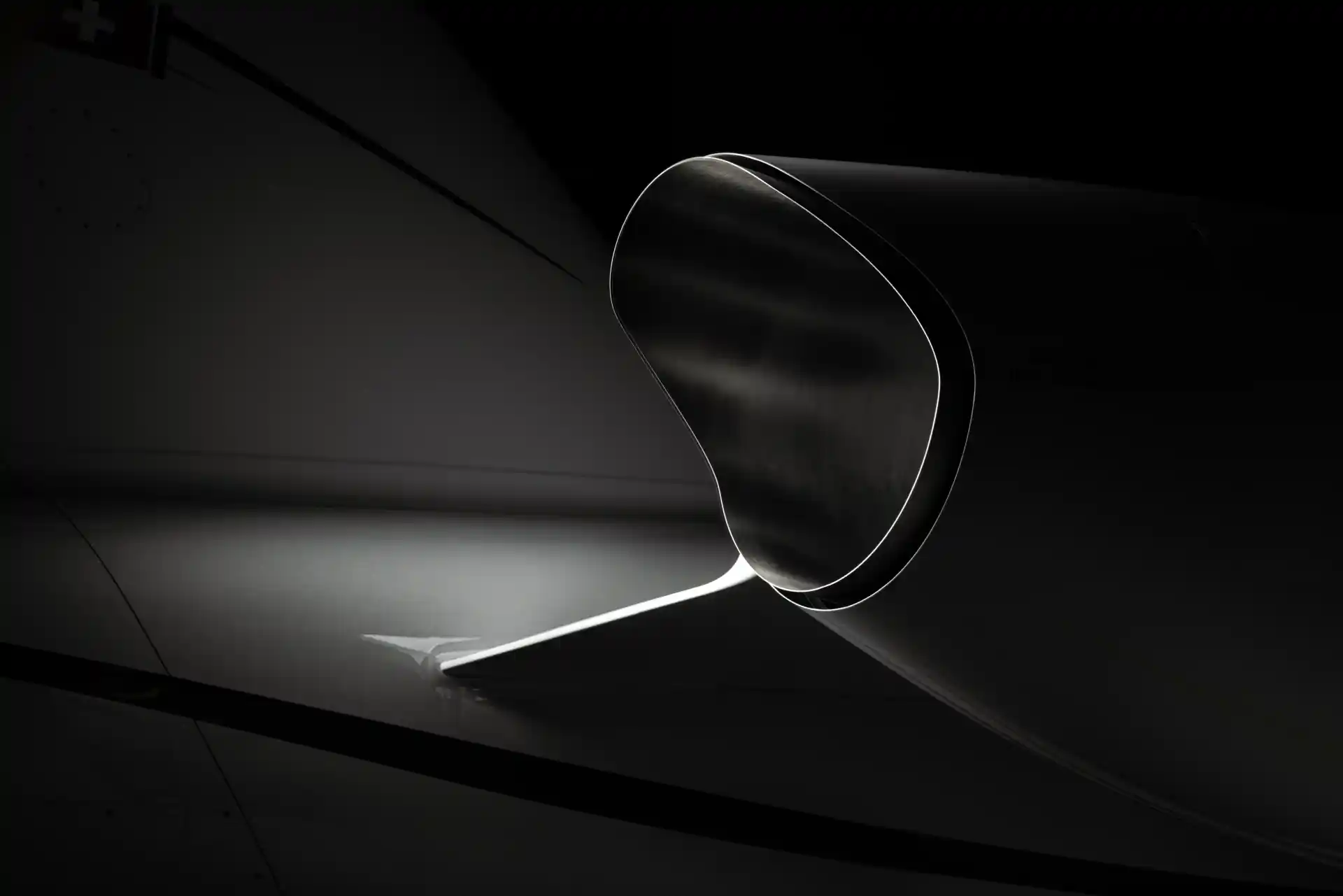Swiss precision at its best.
Watch the Full PC-7 MKX Product Film
State-Of-The-Art Training
The PC-7 MKX has been optimized to provide basic training for military pilots. It’s the ideal aircraft for preparing young pilots for their future missions, be that in a jet, a multi-engine fixed-wing aircraft or a helicopter.
Takeoff Distance over a 50 ft obstacle (SL)
Landing Distance over a 50 ft obstacle (SL)
Smart Technology
The PC-7 MKX is equipped with state-of-the-art avionics software. It is a highly professional solution developed primarily for military purposes, ensuring optimum preparation for the next level of training.
Safety first
The PC-7 MKX is the only trainer aircraft in this class equipped with the famous Martin-Baker ejection seats and world-proven Pratt & Whitney Canada engine. The PC-7 MKX’s docile handling ensures safe operations at all times – even in a beginner’s hands.
Swiss Quality
A trainer aircraft makes thousands of landings, some of which may not be the smoothest! A top-quality trainer aircraft like the PC-7 MKX with its aluminum airframe is essential for such demanding tasks. Pilatus has been producing and selling aircraft worldwide since 1939, acquiring an excellent reputation in the process.
Overengineered, and proud of it. Designed and built in Switzerland.
Made in Switzerland for the world
We have had a long and good relationship with Pilatus. With the contract signing for a state-of-the-art learning environment we are extending this partnership for another 30 years.
The Dutch Ministry of Defence
Koninklijke Luchtmacht















